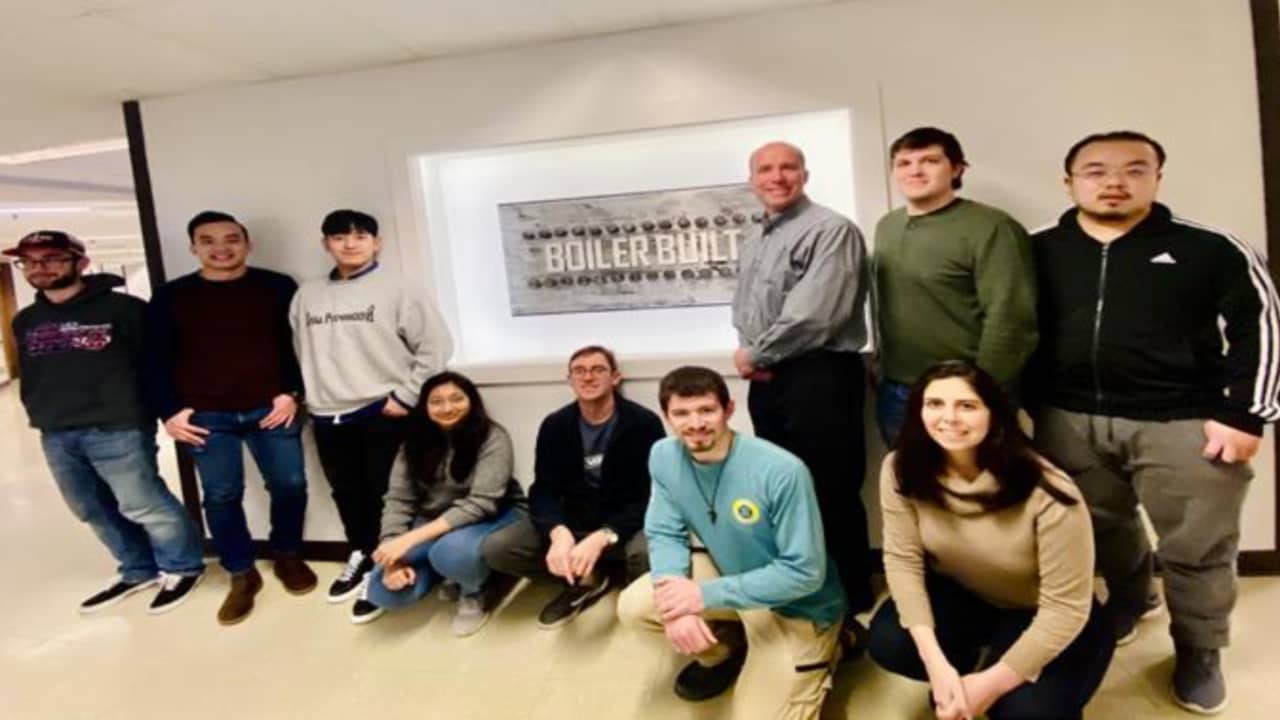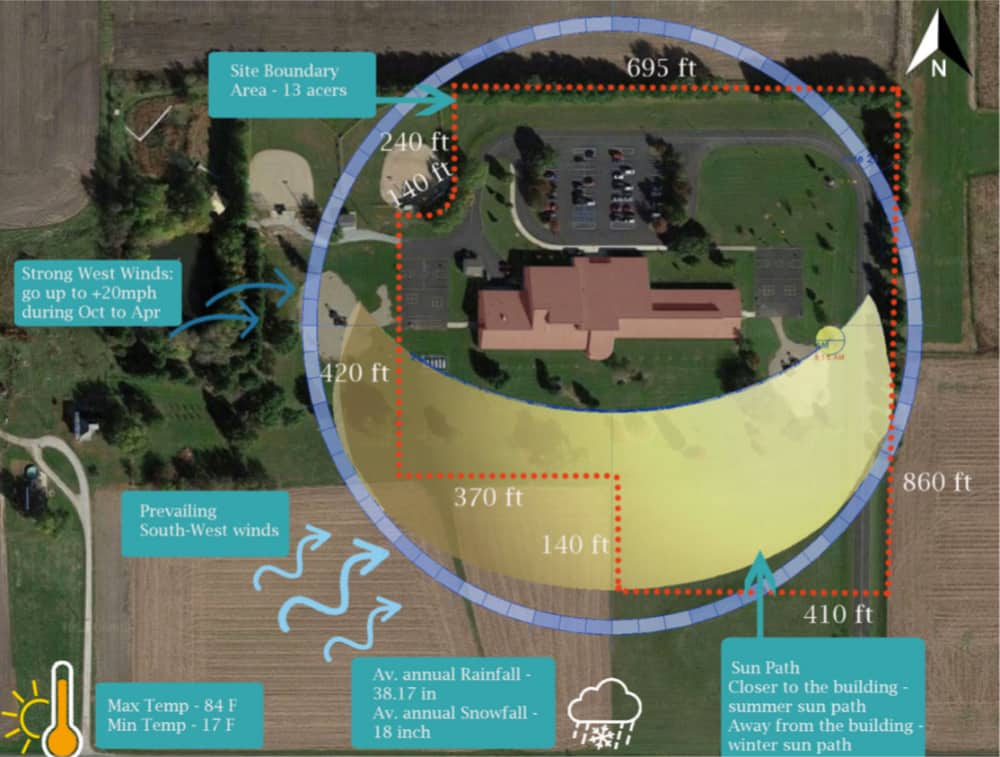
Polytechnic students from the School of Engineering Technology combined their talents with those of their colleagues studying construction management to tackle a design challenge to win second place in the Elementary School category at the Solar Decathlon Design Challenge. The competition, which featured 48 finalists from 36 universities, culminated virtually at the National Renewable Energy Laboratory in Golden, Colorado, from April 17-19, 2020.
Competition Guidelines
The Department of Energy invited college students from around the world to cost-effectively design or renovate innovative buildings powered by renewable energy. According to the event website, the winning teams would be those that created buildings that would “best blend architectural and engineering excellence with innovation, market potential, building efficiency and smart energy production.”
For their project, the Polytechnic team members worked with the Tippecanoe School Corporation to redesign James Cole Elementary in Stockwell, Indiana, so that it could become a net zero energy building. A building with a net zero energy rating is one in which its total annual energy usage is equal to the amount of renewable energy created on site.
“The school was built in 1988 and incorporated such energy-saving elements as an innovative earth berm design, daylighting and geothermal heating/cooling,” said Zach Schreiber, graduate teaching assistant from the School of Engineering Technology. “However, over time, the focus on sustainability had faded. With leaps in technology since its inception, there were opportunities for improvement on the existing building to improve its performance.”

The team of students established several energy-saving goals for the design challenge, including updating the roof and windows to increase the building’s insulation and switching the lighting from florescent to LED light bulbs. They even proposed adding a ground-level solar panel array to the school’s surrounding property.
“Renewable energy technologies have come down in price, while the costs associated with electricity have increased to the point that it is a smart decision for a school district to invest in renewable,” said Bill Hutzel, professor of mechanical engineering technology and one of the team’s faculty advisors. “Since the school has sufficient space for a ground-mount solar array that will make it a net zero energy structure on an annual basis, I expect that Tippecanoe School Corporation will ultimately make this investment.”
Luciana Debs, assistant professor of construction management technology, appreciated the multidisciplinary approach of the design challenge and spoke highly of her students’ earnest participation in the project.
“Working closely with the engineering technology students was very beneficial because it built a sense of team and cohort. It really enriched the experience for me and my students,” said Debs. “Also, because we are working with the Tippecanoe School Corporation, the students really wanted to do a good job, not only because they wanted to meet the client's need, but also to give back to the local community.”
The team included a construction management student majoring in the newly reintroduced program, design and construction integration. The new major is especially fitting for construction management students who understand and appreciate various architecture techniques and design styles. Students learn how to integrate energy efficiency and sustainability into a high-performance building’s design. Emphasis is placed on the pre-construction side of building, including conceptual estimating, which predicts a project’s cost.
